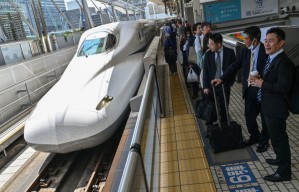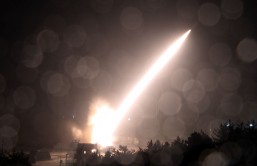NASA is planning to capture asteroids that can be hauled to the moon, providing astronauts with an opportunity for study as early as 2019, officials said at a Washington press conference on Thursday.
An early prime candidate under consideration for study is asteroid 2011 MD, the tiny one that passed about 7,600 miles above Earth in 2011. Astronomers were able to examine it closely through Earth telescopes and the Spitzer Space Telescope and details about it were also published in an astronomy journal on Thursday, the Associated Press reported.
At 20 feet long, it is "the size of a delivery truck; we might actually be able to put this asteroid in a garage," joked Northern Arizona University astronomer Michael Mommert, who studied the rock. Observations confirmed the asteroid weighs 100 tons and is quite porous with a ratio of about two-thirds empty space to only one-third rock, he added.
Another option being considered is capturing any number of asteroids made up of smaller rocks that orbit in a cluster. NASA's plan is to use a giant claw or a inflatable bag to capture the cluster and then drag it to the moon for astronauts to explore during a later mission.
About 10 possible rocks will be available for capture in the early 2020s, but none of them may be small enough to grab, notes NASA executive Lindley Johnson. For much larger asteroids, NASA's second option is to employ a spacecraft outfitted with a claw to pluck off a boulder less than 30 feet long and then haul it to the moon.
NASA will decide which option to pursue by the end of the year, said Michele Gates, program director for the asteroid mission.
The cost of the robotics mission is estimated at about $1.2 billion, Gates said. However, cost estimates for the astronaut exploration mission, which includes using a yet-to-be-built giant rocket, have not been outlined.
Although each option calls for three astronaut candidates, NASA expects to identify more and has until a year before launch to choose a final target, Johnson said.
The asteroid mission has been touted heavily after NASA's space shuttle fleet was retired, eliminating the crafts as a possible means to send crews to Mars, reports AP.








